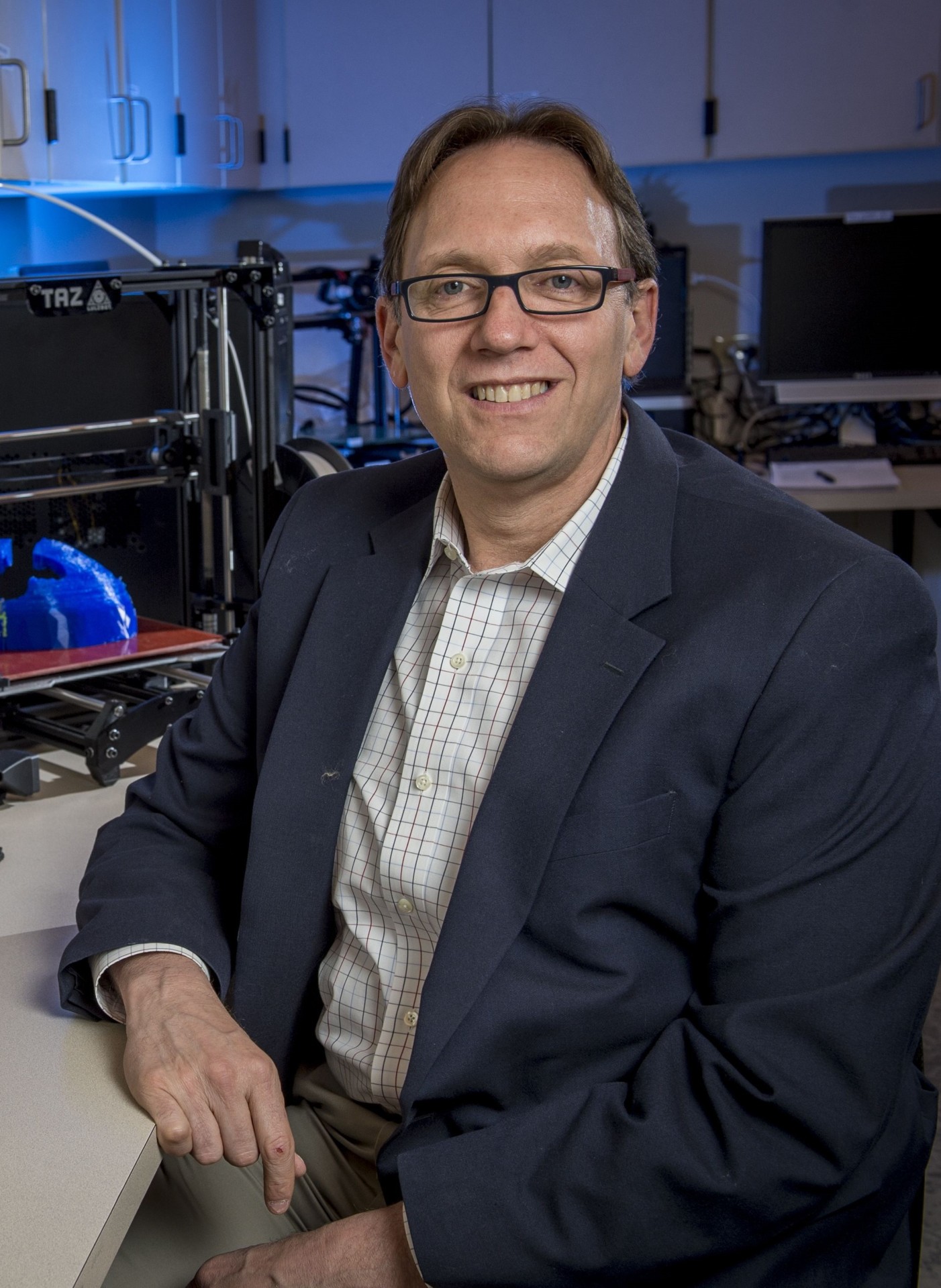The current outbreak in Wuhan, China, of a new coronavirus has led the world once again to the brink of a global health crisis that is moving rapidly, with increasing reports of disease in China and cases identified in 10 countries including Thailand, Korea, Japan, and in the United States.
The current outbreak reminds us how vulnerable the people of the world still are to rapid spread of a new or re-emergent contagion. It also sparks the engaged research community at Colorado State University to continue providing its expertise in finding new solutions and approaches to mitigating these devastating outbreaks.
CSU has had a long history of infectious disease research, linking research to new innovations and practices in infection control. This is the topic of a campus-wide program of research scholarly excellence. CSU research has already provided important information on coronaviruses and is already engaging on the new threat from Wuhan coronavirus.
We know that over 70% of viral disease outbreaks are spillovers of pathogens from animal reservoirs, and our past work with Middle Eastern Respiratory Syndrome (MERS), another coronavirus, is an important contribution to understanding how Wuhan may have jumped from animals to human.
For example, with NIH and DARPA support, CSU College of Veterinary Medicine and Biomedical Sciences researchers Dick Bowen and Tony Schountz are actively working with MERS coronavirus in bats and camels to understand the role of these hosts in transmitting disease to humans. They have also created artificial ecosystems to study virus transmission between species in “real-world” conditions, while Rebekah Kading is funded by the Department of Defense to sample bats in Africa for viral loads to help build capacity for infectious disease responses worldwide.

Alan S. Rudolph, vice president for research at Colorado State University
In a cross-disciplinary approach, Chuck Henry from the Department of Chemistry, David Dandy from the Department of Chemical and Biological Engineering, and Brian Geiss from the Department of Microbiology, Immunology and Pathology are developing new air sensors for coronavirus, building on their previous work on infectious disease diagnostics. Colleen Webb of the Department of Biology has worked to model epidemics in large animal and humans and has provided the Department of Homeland Security key information on logistics of response and movement of animals during an outbreak.
National leadership
CSU has provided national leadership in this area and recently founded a new coalition of five land-grant institutions engaged in enhanced biosecurity efforts. The Coalition for Epi Response Engagement and Science (CERES) was formed 18 months ago and has gained momentum in linking key assets across land-grant institutions with a goal of enhanced agility and resiliency in outbreak response. The coalition includes CSU, Kansas State, Texas A&M, UC Davis, Iowa State and the University of Nebraska and has created seed funds for our campuses to work together.
The role of land-grant universities in infectious disease outbreaks is unique given our role in research and engagement. This effort has attracted national attention, with CSU hosting a meeting of the Bipartisan Commission on Biodefense in early November, that convened Washington, D.C., policy and biosecurity experts as well as representatives from the member schools to discuss threats and mitigation strategies.
The Wuhan coronavirus outbreak is another reminder how vulnerable we still are to outbreaks of new contagions. CSU research in infectious disease will continue to play a pivotal role in providing new solutions to the difficult challenges of containing these outbreaks and work toward a day when we are better prepared to thwart the consequences from these increasing threats.